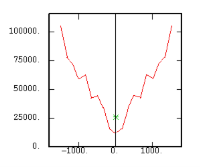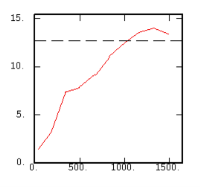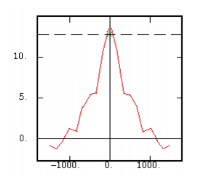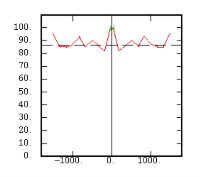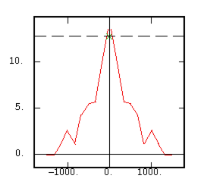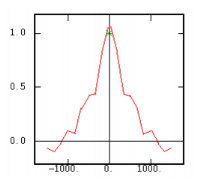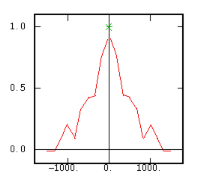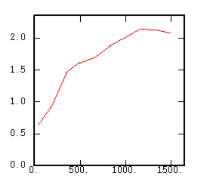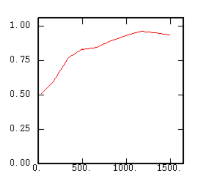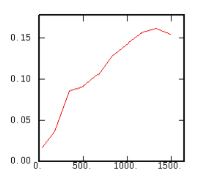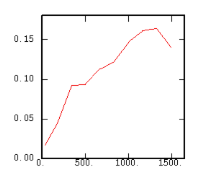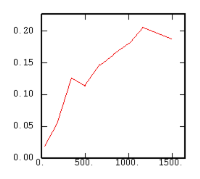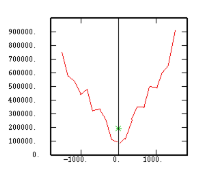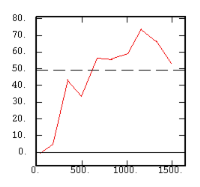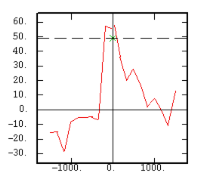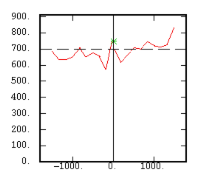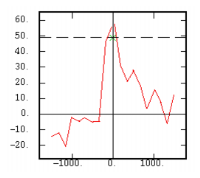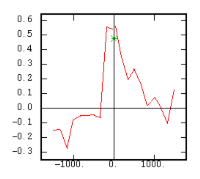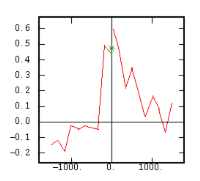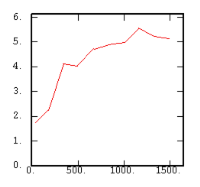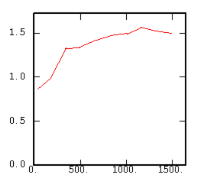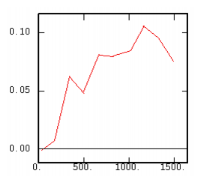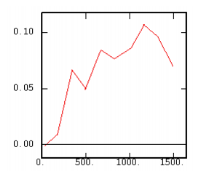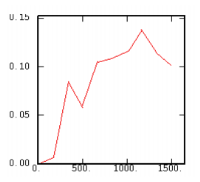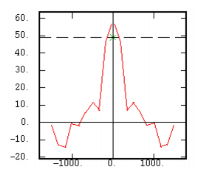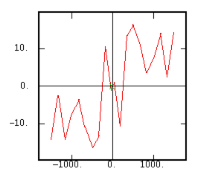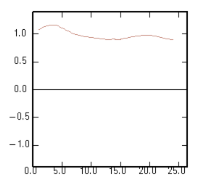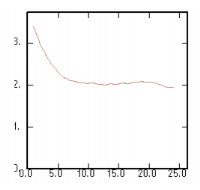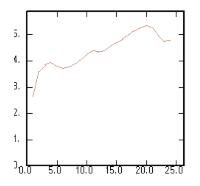The Experimental Variability Functions
Though the variogram is the classical tool to measure the variability of a variable as a function of the distance, several other two-points statistics exist. Let us review them through their equation and their graph on a given data set. n designates the number of pairs of data separated by the considered distance and Zα and Zβ stand for the value of the variable at two data points constituting a pair.
-
is the mean over the whole data set
-
is the variance over the whole data set
-
is the mean calculated over the first points of the pairs (head)
-
is the mean calculated over the second points of the pairs (tail)
-
is the standard deviation calculated over the head points
-
is the standard deviation calculated over the tail points
- α and β. β is considered to be at a distance of +h from α.
Univariate case
Although the interest of the madogram and rodogram, as compared to the variogram, is quite obvious (at least graphically), as it tends to smooth out the function, the user must always keep in mind that the only tool that corresponds to the statement of kriging (namely minimizing a variance) is the variogram. This is particularly obvious when looking at the variability values (measured along the vertical axis) on the different figures, remembering that the experimental variance of the data is represented as a dashed line on the variogram picture.
Weighted Variability Functions
It can be of interest to take into account weights during the computation of variability functions. These weights can for instance be derived from declustering; in this case, their integration is expected to compensate potential bias in the estimation of the experimental function from clustered data. For further information about these weighted variograms, see for instance Rivoirard J. (2000), Weighted Variograms, In Geostats 2000, W. Kleingeld and D. Krige (eds), Vol. 1, pp. 145-155.
For instance, the weights are integrated in the weighted experimental variogram equation in the following way:
The other experimental functions are obtained in a similar way.
Multivariate case
In the multivariate case kriging requires a multivariate model. The variograms of each variable are usually designated as "simple" when the variograms between two variables are called cross-variograms.
We will now describe, through their equation, the extension given to the statistical tools listed in the previous section, for the multivariate case. We will designate the first variable by (Z) and the second by (Y), and and
refer to their respective means over the whole field,
and
to their means for the head points,
and
to their means for the tail points.
Note: The cross-covariance function is a more powerful tool than the cross-variogram in term of structural analysis as it allows the identification of delay effects. However, it necessitates stronger hypotheses (stationarity, estimation of means), it is not really used in the estimation steps.
In fact, the cross-variogram can be derived from the covariance as follows:
and is therefore similar to the even part of the covariance. All the information carried by the odd part of the covariance is simply ignored.
A last remark concerns the presence of information on all variables at the same data points: this property is known as isotopy. The opposite case is heterotopy: one variable (at least) is not defined at all the data points.
The kriging procedure in the multivariate case can cope nicely with the heterotopic case. Nevertheless, in the meantime one has to calculate cross-variograms which can obviously be established from the common information only. This consideration is damaging in a strong heterotopic case where the structure, only inferred on a small part of the information, is used for a procedure which possibly operates on the whole data set.
Variogram Transformations
Several transformations based on variogram calculations (in the generic sense) are also provided:

